OCZ Vector (256GB) Review
by Anand Lal Shimpi on November 27, 2012 9:10 PM ESTTimes are changing at OCZ. There's a new CEO at the helm, and the company is now focused on releasing fewer products but that have gone through more validation and testing than in years past. The hallmark aggressive nature that gave OCZ tremendous marketshare in the channel overstayed its welcome. The new OCZ is supposed to sincerely prioritize compatibility, reliability and general validation testing. Only time will tell if things have changed, but right off the bat there's a different aura surrounding my first encounter with OCZ's Vector SSD.
Gone are the handwritten notes that accompanied OCZ SSD samples in years past, replaced by a much more official looking letter:
The drive itself sees a brand new 7mm chassis. The aluminum colored enclosure features a new label. Only the bottom of the SSD looks familiar as the name, part number and other details are laid out in traditional OCZ fashion.
Under the hood the drive is all new. Vector uses the first home-grown SSD controller by OCZ. Although the Octane and Vertex 4 SSDs both used OCZ Indilinx branded silicon, they were both based on Marvell IP - the controller architecture was licensed, not designed in house. Vector on the other hand uses OCZ's brand new Barefoot 3 controller, designed entirely in-house.
Barefoot 3 is the result of three different teams all working together. OCZ's UK design team, staffed with engineers from the PLX acquisition, the Korea design team inherited after the Indilinx acquisition, and folks at OCZ proper in California all came together to bring Barefoot 3 and Vector to life.
The Barefoot 3 controller integrates an unnamed ARM Cortex core as well as an OCZ Aragon co-processor. OCZ isn't going into a lot of detail as to how these two cores interact or what they handle, but multi-core SoCs aren't anything new in the SSD space. A branded co-processor is a bit unusual, and I suspect that whatever is responsible for Vector's distinct performance has to do with this part of the SoC.
Architecturally, Barefoot 3 can talk to NAND across 8 parallel channels. The controller is paired with two DDR3L-1600 DRAMs, although there's a pad for a third DRAM for use in the case where parity is needed for ECC.
Hardware encryption is not presently supported, although OCZ tells us Barefoot 3 is more than fast enough to handle it should a customer demand the feature. Hardware encryption remains mostly unused and poorly executed on client drives, so its absence isn't too big of a deal in my opinion.
OCZ does its own NAND packaging, and as a result Vector is home to a sea of OCZ branded NAND devices. In reality you're looking at 25nm IMFT synchronous 2-bit-per-cell MLC NAND, just with an OCZ silkscreen on it. There's no NAND redundancy built in to the drive as OCZ is fairly comfortable with the error and failure rates at 25nm. The only spare area set aside is the same 6.8% we see on most client drives (e.g. a 256GB Vector offers 238GB usable space in Windows).
| OCZ Vector | |||||
| 128GB | 256GB | 512GB | |||
| Sequential Read | 550 MB/s | 550 MB/s | 550 MB/s | ||
| Sequential Write | 400 MB/s | 530 MB/s | 530 MB/s | ||
| Random Read | 90K IOPS | 100K IOPS | 100K IOPS | ||
| Random Write | 95K IOPS | 95K IOPS | 95K IOPS | ||
| Active Power Use | 2.25W | 2.25W | 2.25W | ||
| Idle Power Use | 0.9W | 0.9W | 0.9W | ||
Regardless of capacity, OCZ is guaranteeing the Vector for up to 20GB of host writes per day for 5 years. The warranty on the Vector expires after 5 years or 36.5TB of writes, whichever comes first. As with most similar claims, the 20GB value is pretty conservative and based on a 4KB random write workload. With more realistic client workloads you can expect even more life out of the NAND.
Despite being built on a brand new SoC, there's a lot of firmware carryover from Vertex 4. Indeed if you look at the behavior of Vector, it is a lot like a much faster Vertex 4. OCZ does continue to use its performance mode that enables faster performance if less than 50% of the drive's capacity is used, however in practice OCZ seems to rely on it less than in the Vertex 4.
The design cycle for Vector is the longest OCZ has ever endured. It took OCZ 18 months to bring the Vector SSD to market, compared to less than 12 months for previous designs. The additional time was used not only to coordinate teams across the globe, but also to put Vector through more testing and validation than any previous OCZ SSD. It's impossible to guarantee a flawless drive, but doing considerably more testing can't hurt.
The Vector is available starting today in 128GB, 256GB and 512GB capacities. Pricing is directly comparable to Samsung's 840 Pro:
| OCZ Vector Pricing (MSRP) | ||||||
| 64GB | 128GB | 256GB | 512GB | |||
| OCZ Vector | - | $149.99 | $269.99 | $559.99 | ||
| Samsung SSD 840 Pro | $99.99 | $149.99 | $269.99 | $599.99 | ||
OCZ is a bit more aggressive on its 512GB MSRP, otherwise it's very clear what OCZ views as Vector's immediate competition.


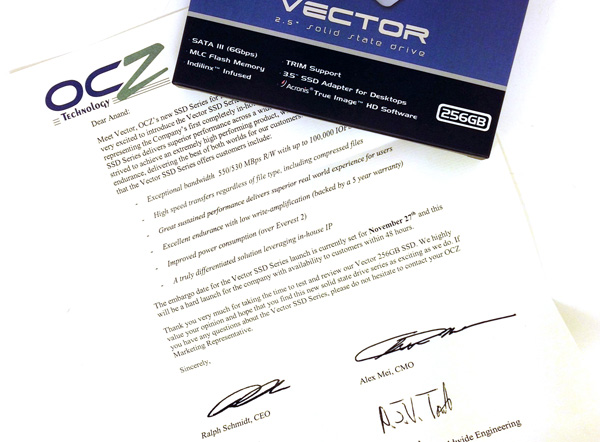
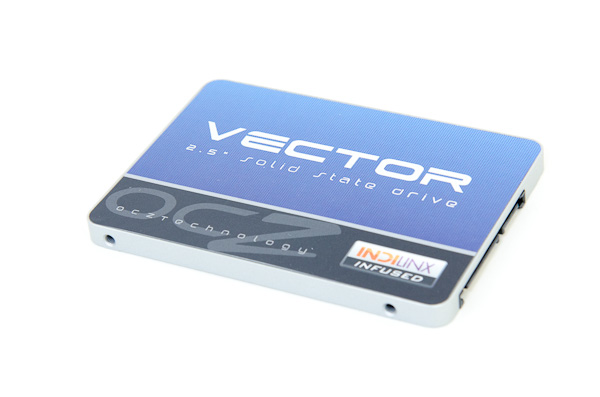

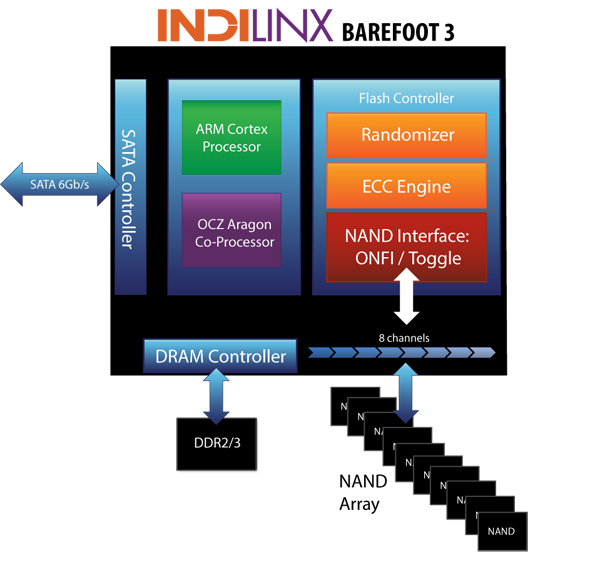
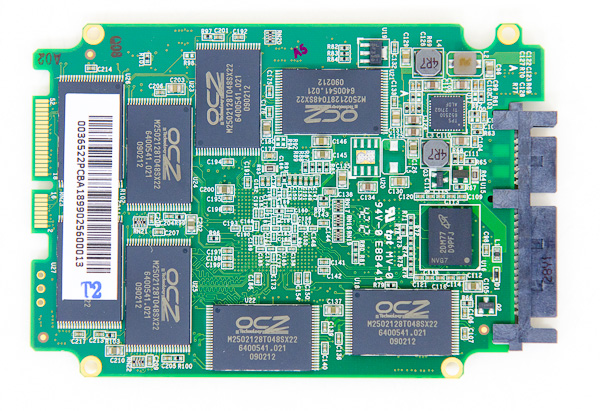
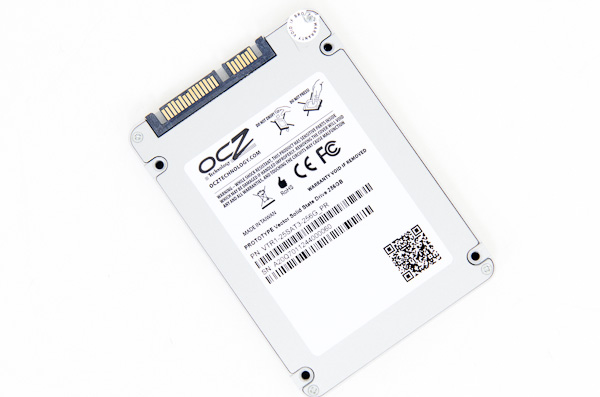








151 Comments
View All Comments
kmmatney - Tuesday, November 27, 2012 - link
I don't see anything wrong with stating that. My 256 Samsung 830 also appears as a 238GB drive in windows...jwilliams4200 - Tuesday, November 27, 2012 - link
The problem is that "formatting" a drive does not change the capacity.Windows is displaying the capacity in GiB, not GB. It is just Windows bug that they label their units incorrectly.
Gigaplex - Tuesday, November 27, 2012 - link
Yes and no. There is some overhead in formatting which reduces usable capacity, but the GiB/GB distinction is a much larger factor in the discrepancy.jwilliams4200 - Wednesday, November 28, 2012 - link
The GiB/GB bug in Windows accounts for almost all of the difference. It is not worth mentioning that partitioning usually leaves 1MiB of space at the beginning of the drive. 256GB = 238.4186GiB. If you subtract 1MiB from that, it is 238.4176GiB. So why bother to split hairs?Anand Lal Shimpi - Wednesday, November 28, 2012 - link
This is correct. I changed the wording to usable vs. formatted space, I was using the two interchangeably. The GiB/GB conversion is what gives us the spare area.Take care,
Anand
suprem1ty - Thursday, November 29, 2012 - link
It's not a bug. Just a different way of looking at digital capacity.suprem1ty - Thursday, November 29, 2012 - link
Oh wait sorry I see what you mean now. Disregard previous postflyingpants1 - Wednesday, November 28, 2012 - link
I think I might know what his problem is.When people see their 1TB-labelled drive displays only 931GB in Windows, they assume it's because formatting a drive with NTFS magically causes it to lose 8% of space, which is totally false. Here's a short explanation for newbie readers. A gigabyte (GB) as displayed in Windows is actually a gibibyte (GiB).
1 gibibyte = 1073741824 bytes = 1024 mebibytes
1 gigabyte = 1000000000 bytes = 1000 megabytes = 0.931 gibibytes
1000 gigabytes = 931 gibibytes
Windows says GB but actually means GiB.
SSDs and HDDs are labelled differently in terms of space. Let's say they made a spinning hard disk with exactly 256GB (238GiB) of space. It would appear as 238GB in Windows, even after formatting. You didn't lose anything,
because the other 18 gigs was never there in the first place.
Now, according to Anandtech, a 256GB-labelled SSD actually *HAS* the full 256GiB (275GB) of flash memory. But you lose 8% of flash for provisioning, so you end up with around 238GiB (255GB) anyway. It displays as 238GB in Windows.
If the SSDs really had 256GB (238GiB) of space as labelled, you'd subtract your 8% and get 235GB (219GiB) which displays as 219GB in Windows.
flyingpants1 - Wednesday, November 28, 2012 - link
IMO drive manufacturers should stop messing around and put 256GiB of USABLE space on each 256GiB drive, and start marking them as such.Holly - Wednesday, November 28, 2012 - link
Tbh imho using base 10 units in binary environment is just asking for a facepalm. Everything underneath runs on 2^n anyway and this new "GB" vs "GiB" is just a commercial bullshit so storage devices can be sold with flashier stickers. Your average raid controller bios will show 1TB drive as 931GB one as well (at least few ICHxR and one server Adaptec I have access to right now all do).